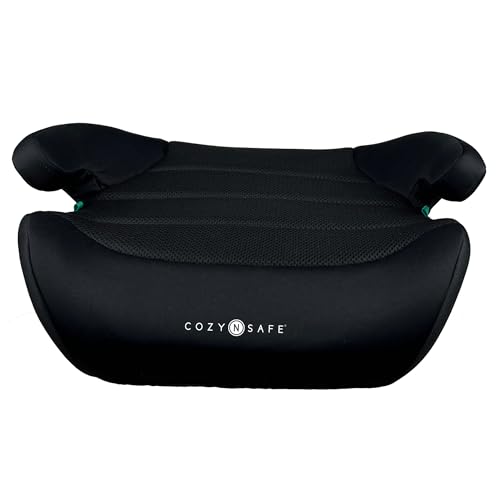Understanding the Weight Limit for High Back Booster Seat
Parents and guardians always prioritize the safety of their children when travelling by car. Thus, investing in a high back booster seat is a wise consideration, but what is the weight limit for such seats?
High Back Booster Seats Weight Limit Explained
The weight limit for high back booster seats is based on the child’s weight and height measurements. Typically, the weight limit ranges between 30 to 120 pounds, and the height limit is between 38 to 63 inches. However, each brand and model may have varying limits, so it’s essential to review the manufacturer’s specifications on the seat’s label or manual.
Why Weight Limit Matters in High Back Booster Seats
The weight limit is a crucial safety feature of high back booster seats because it ensures that the seatbelt is placed correctly on the child’s body. A well-fitting seatbelt should lay across the child’s chest comfortably, with the lap belt placed across the hips and thighs, avoiding the stomach area. If the child exceeds the weight limit, the seatbelt may not fit correctly, leading to severe injuries or fatalities in case of a crash.
Factors Affecting the Weight Limit for High Back Booster Seats
Several considerations determine the weight limit for high back booster seats, such as the materials used in the construction, the design of the seat, and the type of vehicle used. Some seats have higher weight limits but may not fit in specific car models, whereas others have lower limits but have a universal fit. However, it’s always advisable to choose a seat that fits your child’s size and vehicle space adequately.
When to Upgrade from a High Back Booster Seat
Once the child reaches the weight and height limit of the high back booster seat, it’s time to upgrade to a standard seat belt. It’s vital to note that children under the age of 13-years should always ride on the back seat irrespective of their weight or height.






